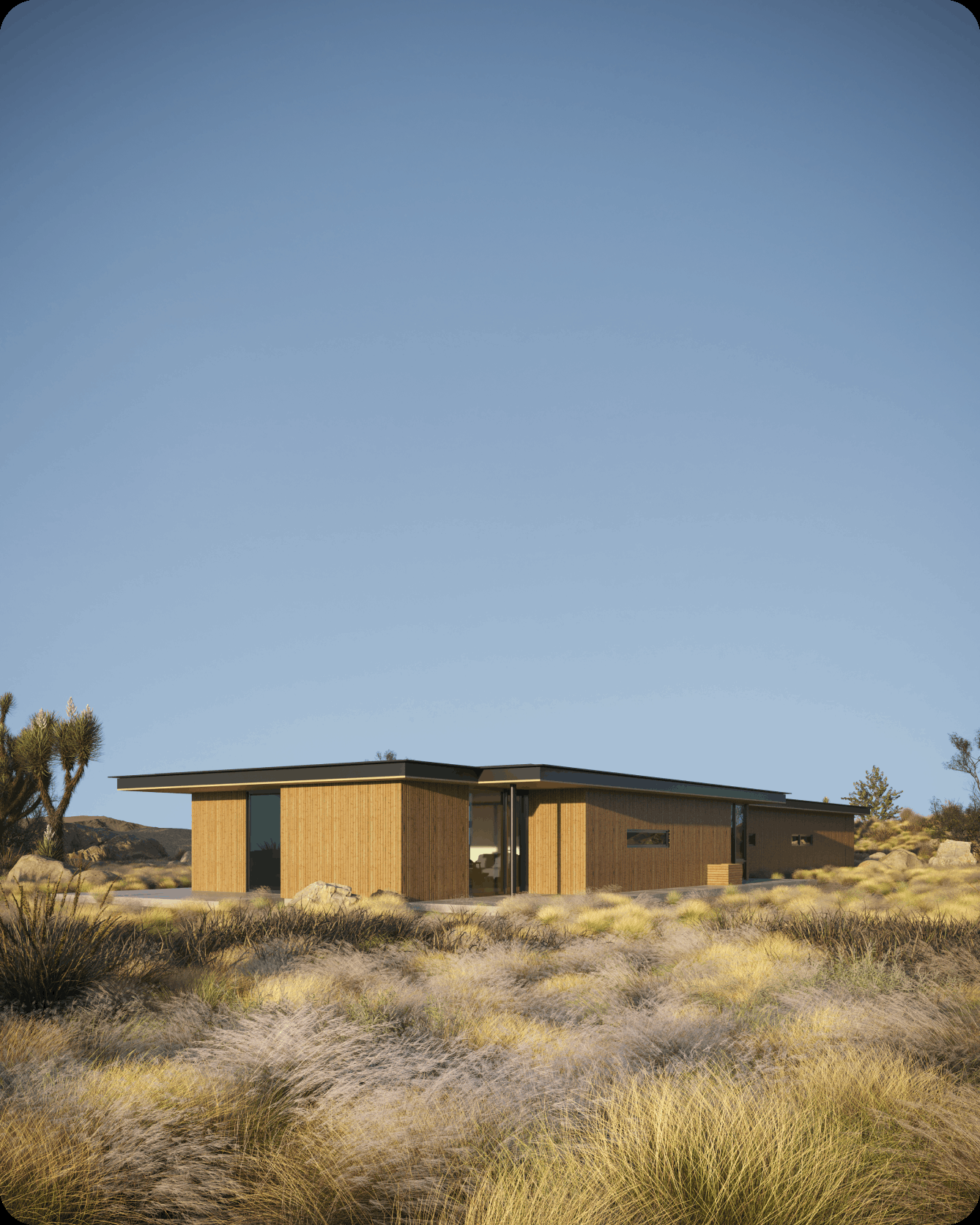
How to Choose Where to Build
by Michael Romanowicz
·
Choosing the perfect location to build a home isn’t easy.
The romantic vision of stumbling upon the perfect view and deciding to make an offer on the parcel skims over an abundance of detailed questions.
- How close is the land to utilities?
- Is the house going to be off-grid?
- Is there a grocery store nearby?
If you already have a specific area in mind, that’s incredible. But even then, there are several key factors to consider before making an offer and a multitude more before breaking ground. It’s not just about the land—it’s about lifestyle, value, and longevity. The right site can enhance your daily life, while the wrong one could lead to years of frustration (and unexpected costs).
So, how do you decide where to build? We’re here to help you take a handful of variables into account: climate, topography, community, infrastructure, zoning, and land use regulations.
Climate and topography
Different regions experience vastly different weather patterns. You’ll want to research how climate impacts both comfort and long-term maintenance. For example, building in an area prone to extreme weather—like hurricanes or heavy snow—requires extra considerations, such as reinforced foundations and durable materials. On the other hand, milder climates may allow for simpler, cost-effective designs.
Weather might be a moot point. You probably already know where you want to build. So, for you, the lay of the land itself may matter most. Is the plot you’ve had an eye on sloped or flat? Hillside properties offer stunning views but often come with higher building costs due to grading and drainage needs. According to the National Association of Home Builders, building on sloped land can add between 10% to 20% to your total construction costs because of the additional engineering, foundation work, and potential for erosion control . Flat land is easier to work with, but it might not provide the scenery or privacy you’re looking for.
Community and infrastructure
Next, think about community and infrastructure. How close do you want to be to urban centers, schools, or your workplace? A remote home might promise peace and quiet, but you'll need to balance that with access to amenities like grocery stores, healthcare, and entertainment. Proximity to utilities—electricity, water, and internet—also impacts both cost and convenience. Rural areas, for example, may require significant investment in getting services to your land, while suburban lots usually come pre-equipped.
Zoning laws and land use regulations
Finally, zoning laws and land use regulations play a huge role as well. Each city or county has specific rules on what can be built where. Some areas restrict building heights or mandate specific architectural styles. Always verify zoning before committing to a location to avoid future headaches.
For those considering the investment potential, particularly in short-term rentals, location becomes even more critical. Look at tourist demand in the area and consider proximity to attractions like parks, beaches, or cultural sites. A home in a sought-after vacation destination can provide significant returns as a rental property. However, be mindful of local regulations on short-term rentals, as many cities and towns have started imposing restrictions or additional taxes on these types of properties. It’s essential to research the local market and assess whether your chosen site aligns with your long-term investment goals.
At DEN, we’ve seen customers weigh the costs associated with complex site selection alongside short-term rental profit potential. In many cases, the additional investment required to prep a difficult plot, and the increased cost per acre of land nearby a growing tourism market can both be offset by comparatively higher rental revenues. We do our best to help by listing customer STRs on our site and by featuring them on our Instagram to help drive additional booking volume.
No matter what your use case is, choosing where to build your house isn’t a decision to rush.Whether you're building your dream home or an investment property, each element contributes to the creation of a space that fits your life and stands the test of time.